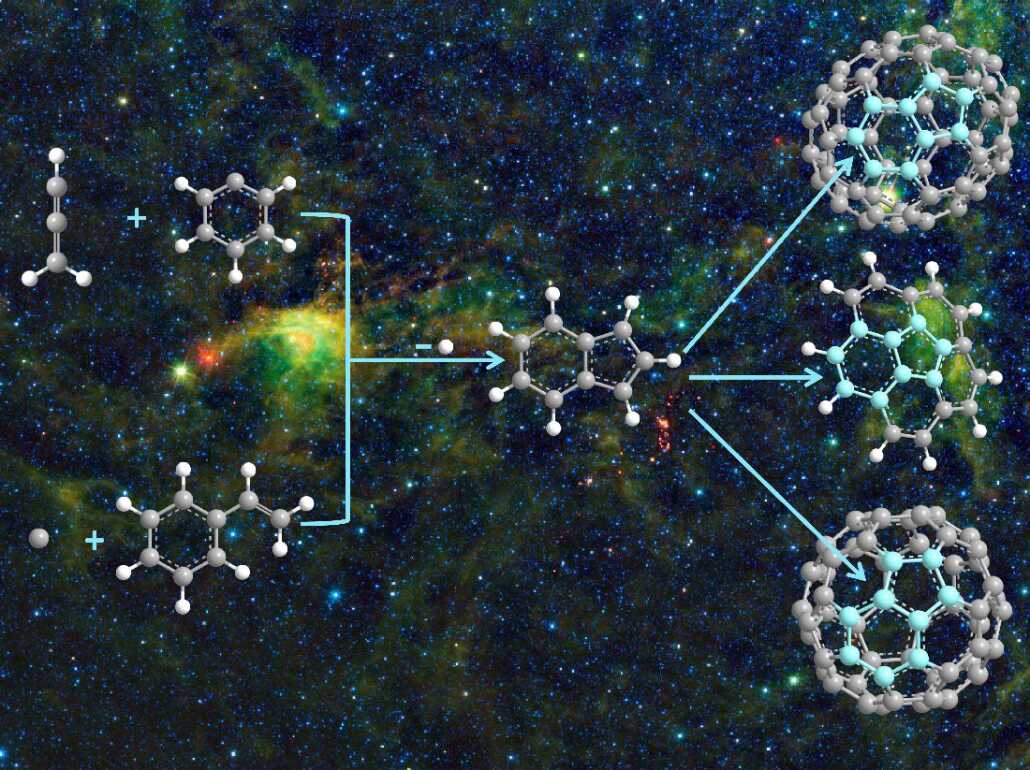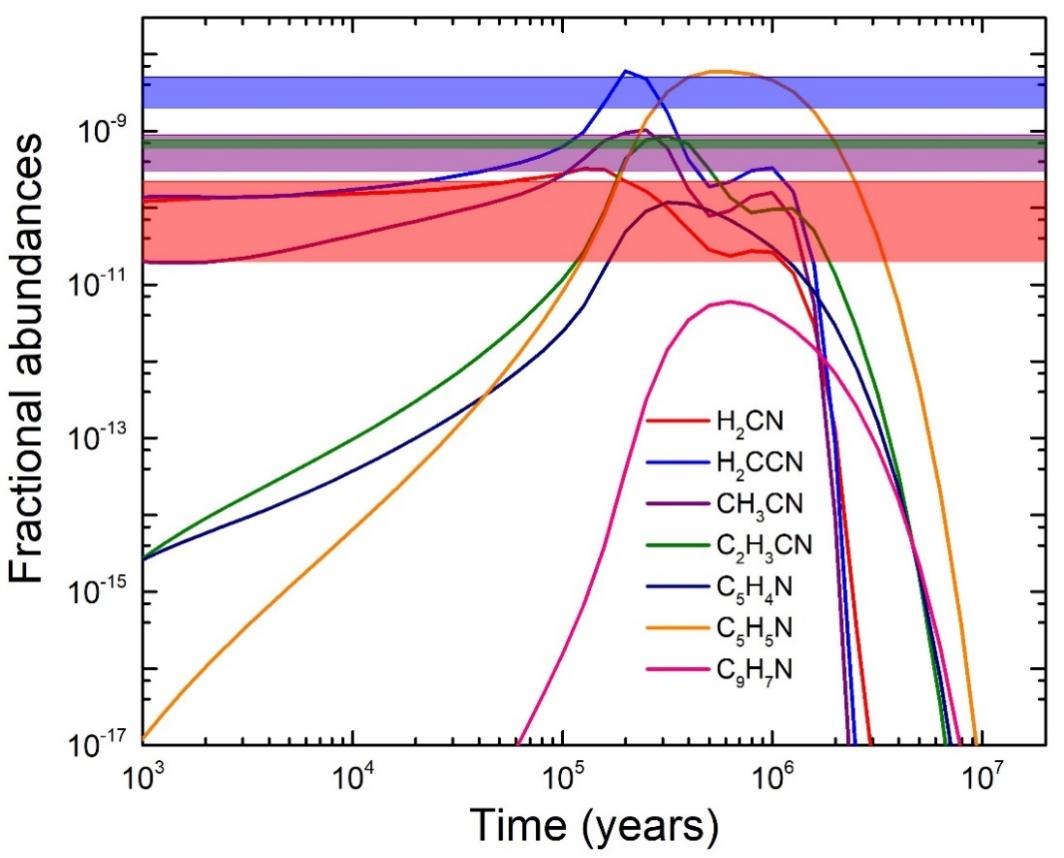For the last decades, the space probes such as the Cassini-Huygens mission and radioastronomical techniques have fundamentally enhanced our knowledge of the chemical evolution of the Solar system. With more than 300 molecular species identified in deep space predominantly in gas phase, cold molecular clouds such as Taurus Molecular Cloud (TMC-1) and hydrocarbon-rich atmospheres of planets and their moons like Titan have emerged as molecular factories and natural laboratories on a macroscopic scale. However, the key question on the formation mechanisms of these molecules still cannot be answered. This knowledge can be obtained by conducting the combined experimental, computational, and astrochemical modeling studies untangling the synthesis of the building blocks of aromatic molecules in probiotic chemistry which is crucial to understand the chemical evolution at the microscopic level and the source of the chemical prerequisites of the origin of life.
Recently, through laboratory molecular beam studies combined with electronic structure calculations, astrochemical modeling and astronomical observations, Prof. LI Xiaohu (Xinjiang Astronomical Observatory,Chinese Academy of Sciences), Prof. Ralf I. Kaiser and Dr. YANG Zhenghai (University of Hawaii at Manoa), Prof. Alexander M. Mebel (Florida International University), Prof. Breno R. L. Galvão (Centro Federal de Educação Tecnológica de Minas Gerais, CEFET-MG), Prof. Jean-Christophe Loison (Institut des Sciences Moléculaires, CNRS, Université de Bordeaux), and colleagues have identified a series of routes to aromatic molecules (carrying nitrogen) including indenyl (C9H7) (Figure 1), pyridine (C5H5N), and (iso)quinoline (C9H7N) (Figure 2) along with their roles in the reaction networks of TMC-1 and Titan’s atmosphere.
Prof. LI Xiaohu is one of the corresponding authors of the projects and conducted the astrochemical modeling studies for the cold molecular cloud TMC-1 with updated reaction network focusing on the formation of astronomically observed hydrocarbons and aromatic molecules (carrying nitrogen). These modeling studies unravel the central role of radical-radical and radical-molecule reactions in the formation of interstellar complex organic molecules and predict the potential candidates for the future astronomical searches via radiotelescopes. These results are published recently in Science Advances (Sci. Adv., 9, eadi5060 (2023)) and Nature Astronomy (Nat. Astron., 8, 856-864 (2024)).

Figure 1. Identified routes to indenyl in TMC-1.

Figure 2. Results of the astrochemical model for TMC-1.
See the entire article:
https://www.science.org/doi/full/10.1126/sciadv.adi5060
https://www.nature.com/articles/s41550-024-02267-y